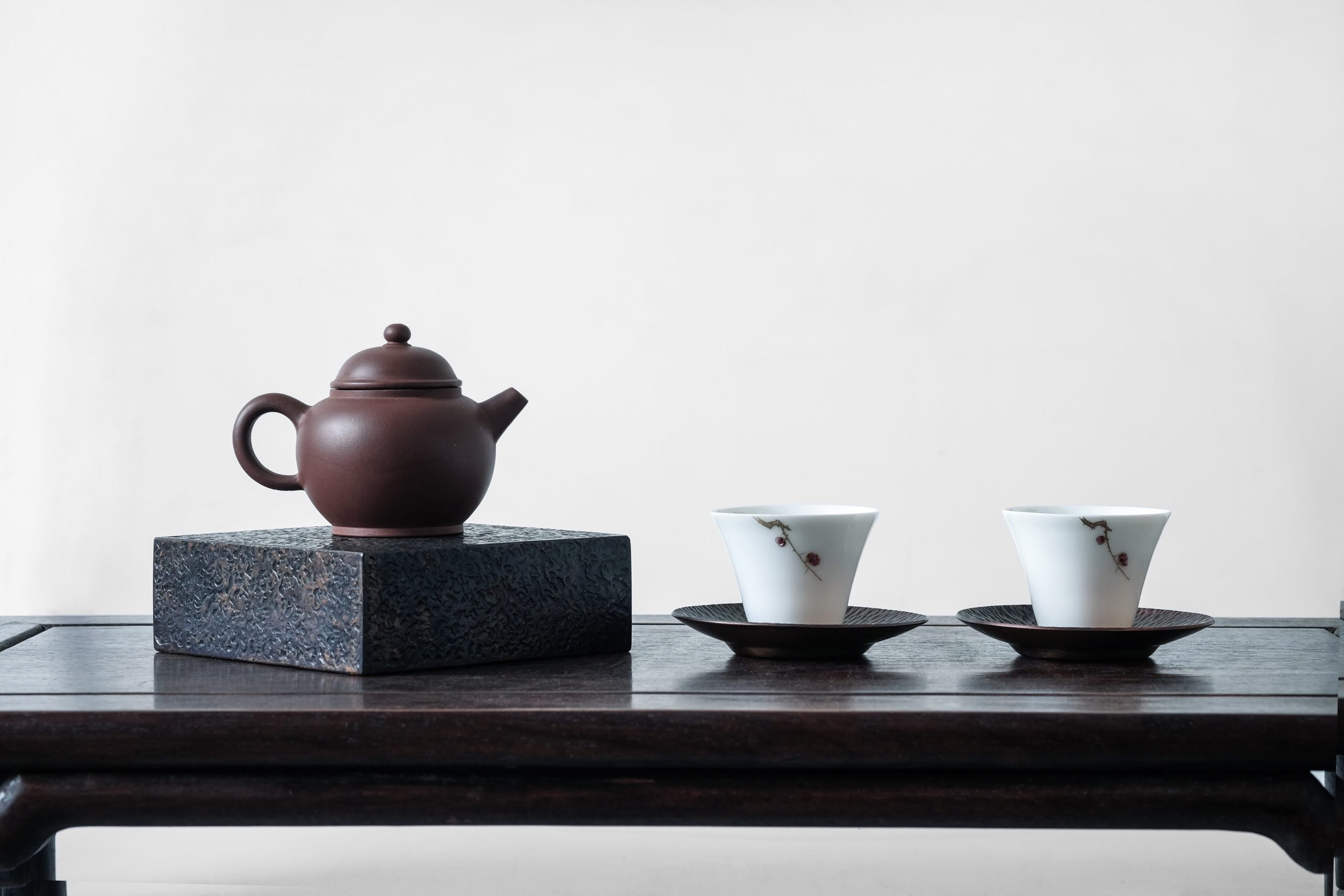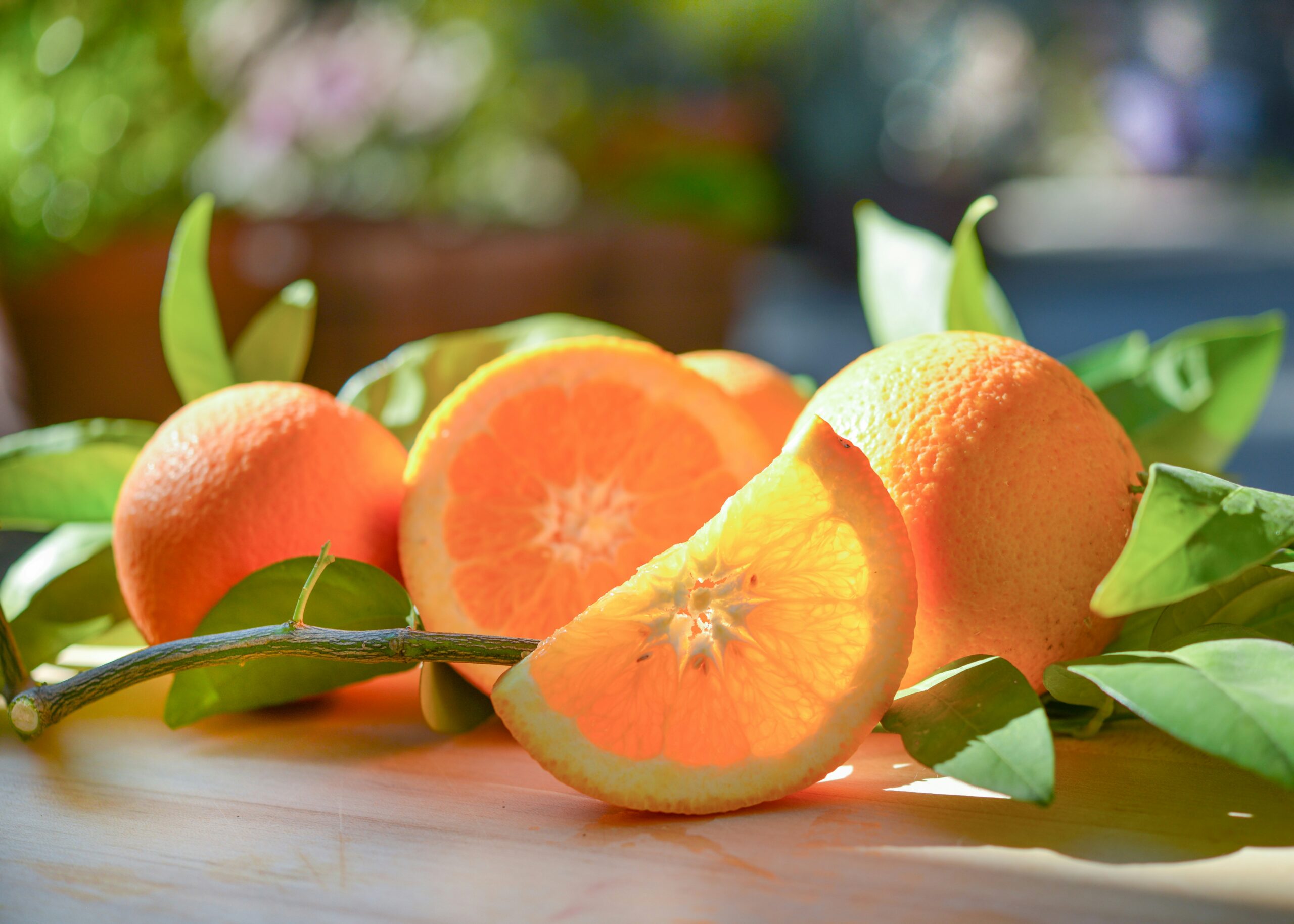Blogs » Non classifié(e) » Tea Pairing Theory Part 1: Enjoying Tea Pairing Through Three Approaches
Tea Pairing Theory Part 1: Enjoying Tea Pairing Through Three Approaches
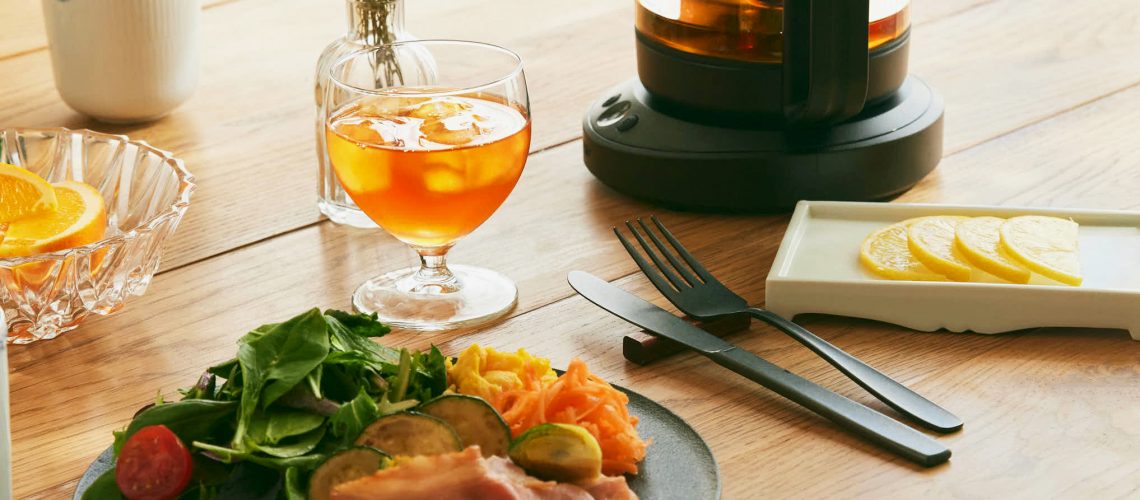
« Marriage » is a French word that means « marriage. » By extension, it refers to the combination of things that brings out new attractions not present when enjoyed separately. In this article, we will introduce three approaches to tea pairing theory proposed by teplo.
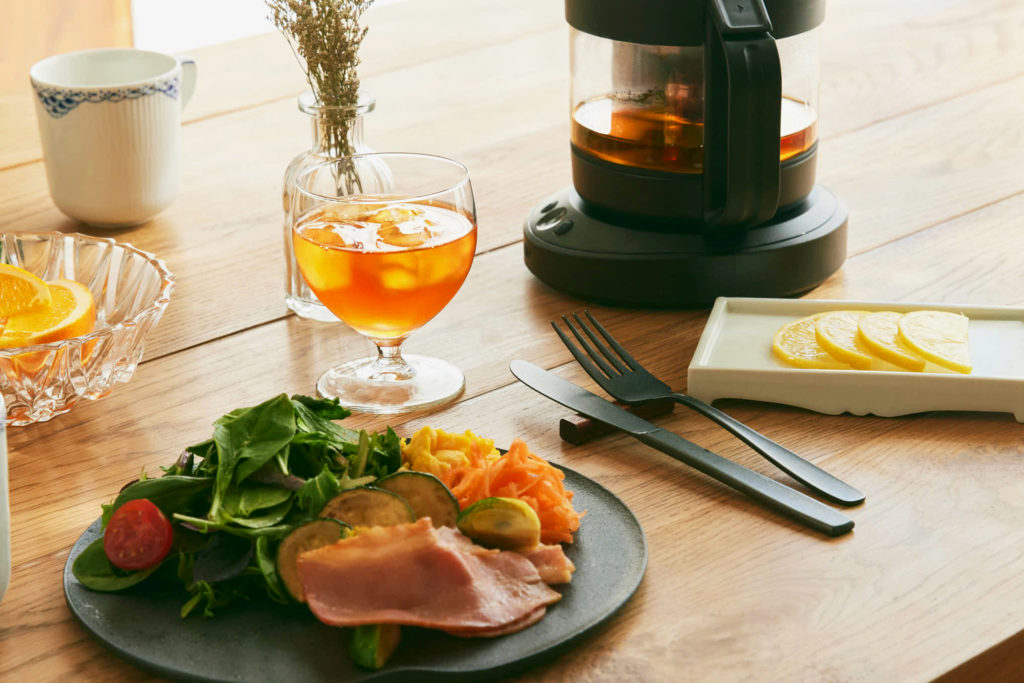
The first approach is from the perspective of flavor.
Aligning Flavor Intensity
This method involves matching the intensity of flavors so that when tasted, the overall flavor profile of the food and tea feels cohesive. The basic indicators for assessing the flavor intensity of a dish are the main ingredients and cooking methods.
Main Ingredients: From lighter to richer flavors—vegetables, white fish, red fish, white meat, red meat.
Cooking Methods: From lighter to richer flavors—raw, boiled, steamed, grilled, stewed.
The combination of the above main ingredients and cooking methods determines the general flavor intensity. For delicate dishes with lighter flavors, pair them with light green tea or oolong tea. For richer, stewed dishes, choose robust oolong tea or black tea.
Additionally, incorporating secondary ingredients and seasonings can help refine the flavor intensity more accurately.
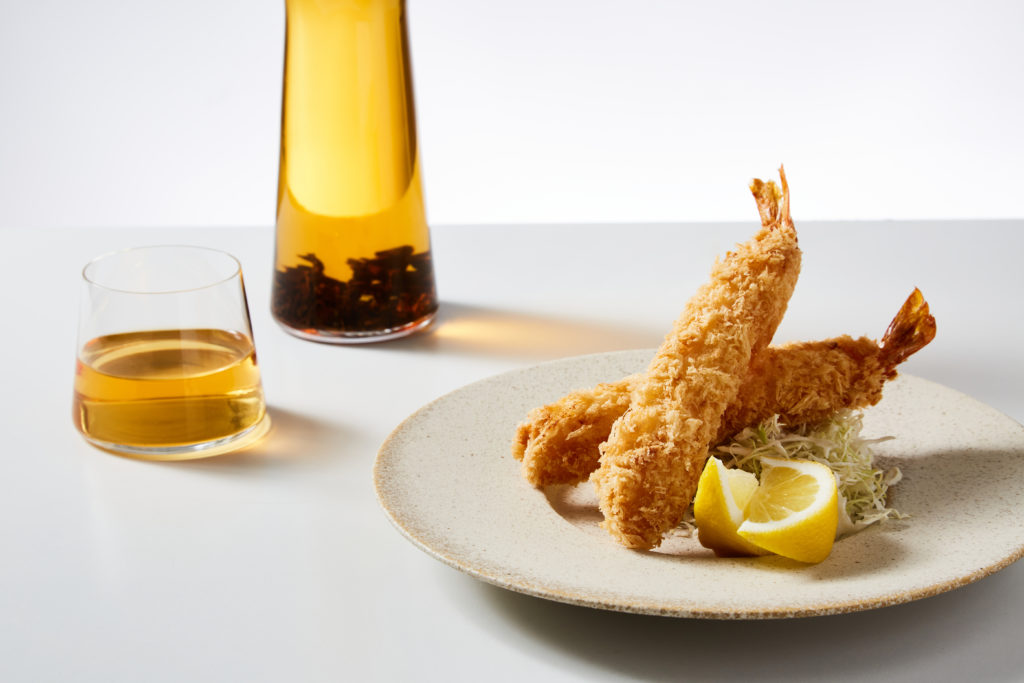
The second approach is from the perspective of aroma.
Utilizing Aroma
Teas possess a wide range of aromas, from fresh herb-like scents to fruity notes reminiscent of orange, and even to roasted, woody fragrances. By leveraging these aromas, you can create more complex and appealing flavor profiles. Here are three methods for using aroma:
1. Matching Aroma Intensity
Pair delicate dishes with teas that have subtle aromas, and match complex or strong dishes with teas that have distinctive scents. By aligning the intensity of aromas, you create a sense of unity between the dish and the tea.
2. Matching Aromas
This method involves pairing tea with the same type of aroma found in the dish. For example, a tea with a fresh, herb-like aroma pairs well with a salad. Matching aromas helps create harmony between the dish and the tea.
3. Complementary Aromas
Pair tea with aromas that complement the ingredients added to the dish. For instance, tea with an orange scent pairs well with a salad that includes orange. By matching complementary aromas, you enhance the unique qualities of both the dish and the tea.
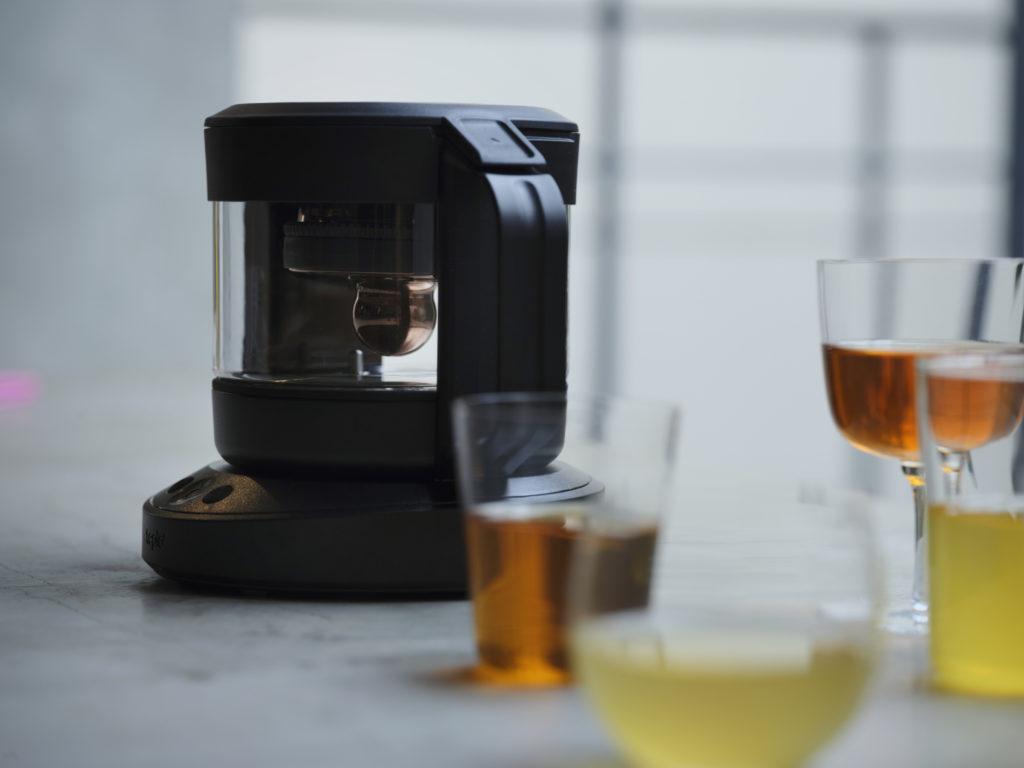
The third approach is a bit unique and involves considering color and temperature.
1. Matching Colors
This method involves pairing dishes and teas that have similar colors. Ingredients with similar colors tend to share flavor characteristics, so aligning the colors creates a sense of harmony between the dish and the tea.
2. Matching Temperatures
This approach focuses on matching the temperature of the dish with that of the tea. Pair cold dishes with cold tea, room temperature dishes with room temperature tea, and hot dishes with hot tea. This alignment creates a sense of unity between the dish and the tea. Conversely, you can also balance flavors by pairing very hot or spicy dishes with cold beverages.
The approaches introduced here are just basic methods. In the future, we will provide more specific examples of food and tea pairings! Feel free to experiment and discover your favorite combinations or those that become a habit.
